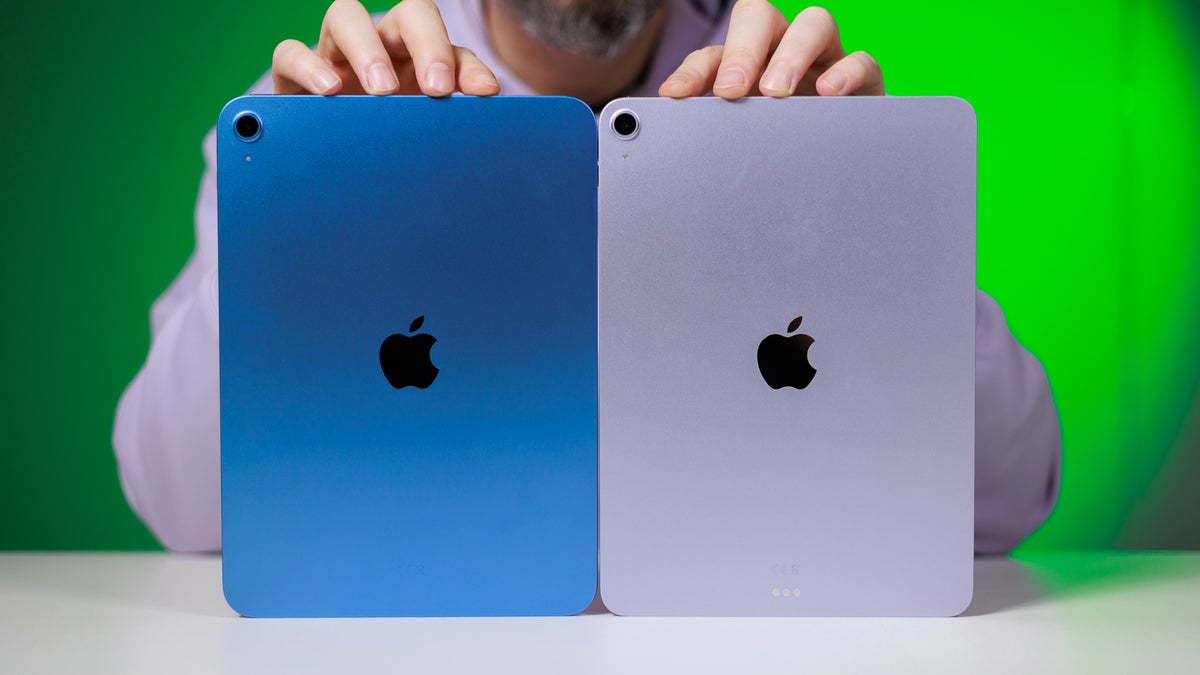
iPad A16 vs iPad Air M3: who's the real iPad Pro killer here?
- 19.03.2025 17:33
- phonearena.com
- Keywords: danger, success
The iPad A16 offers solid performance at $349 with basic stylus support, while the iPad Air M3 ($599) delivers superior display, keyboard compatibility, and advanced features like Pencil Pro support, making it a premium choice for productivity.